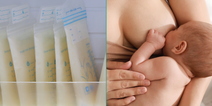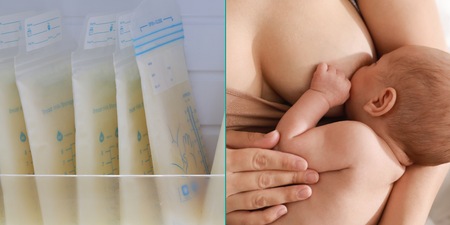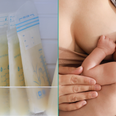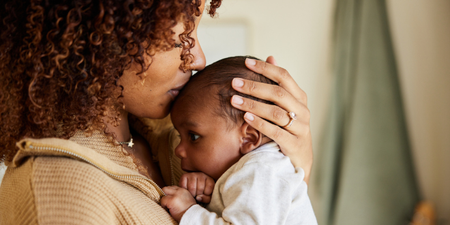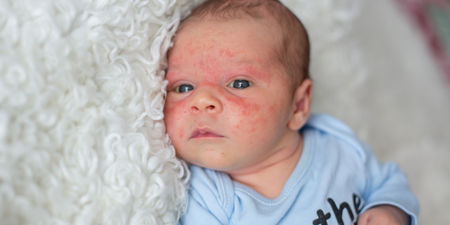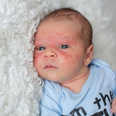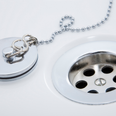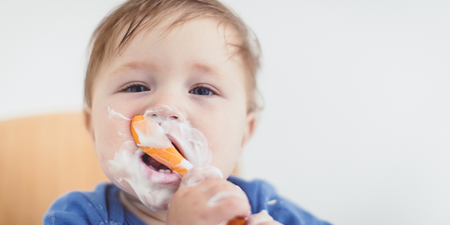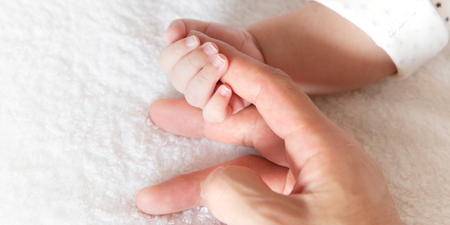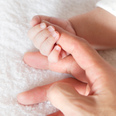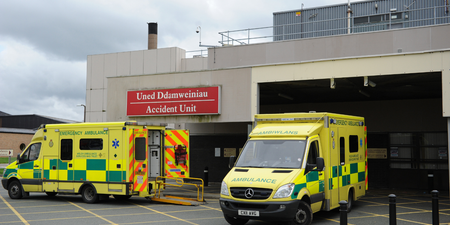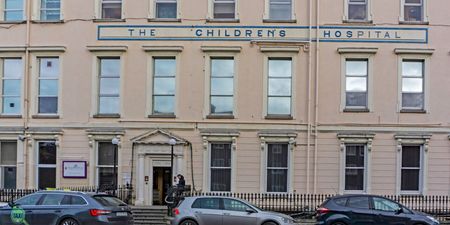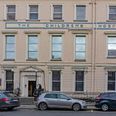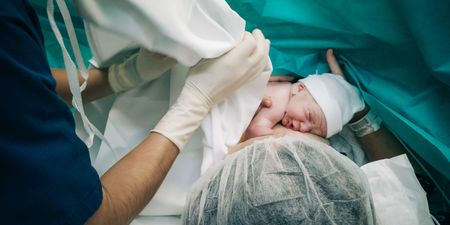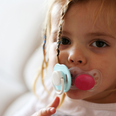Custome made for babies.
We all know at this stage how breast milk is the ultimate first food for babies, and that everything else is just a runner up.
And mind-blowingly, scientists are still discovering new things about just how amazing mum’s milk is for her babies.
Recently, some reseachers found a brand new set of immune cells in women’s breast milk, reports Science Daily. And these immune cells are act like a defence force, all set to take out invaders like bacteria.
In fact – they say the presence of this SWAT team of immune cells called innate lymphoid cells, or ILCs, in human breast milk is more evidence of the benefits of breastfeeding.
Short term, the ILCs in breast milk may help protect newborns from infection, and longer term help babies develop their own protective immune system, the report in JAMA Pediatrics reads.
Frontline immune protection for the baby
“We were looking for the source which can provide immune protection to the baby while it develops its own immune system,” Dr. Jack Yu, chief of pediatric plastic surgery at the Medical College of Georgia at Augusta University, explains.
“We think these cells help provide frontline immune protection for the baby,” says Dr. Jatinder Bhatia, chief of the Section of Neonatology and vice chair of clinical research in the MCG Department of Pediatrics.
The researchers found all three known classes of ILCs present in fresh human mother’s milk, and parallel mouse studies show that the cells not only are transferred to baby by nursing but that they survive in the baby’s gut for at least several days.
“The moment you are born, you start to build a microbiome,” Yu says. Their preliminary findings, including the parallel mouse studies, indicate ILCs are a player in the construction.
Feedback loop between mum and baby
For the newly published study, the researchers did extensive cell analysis on fresh milk from four lactating women. The researchers think the ILCs in the breast milk may also be a way to protect mum from getting an infection from the suckling baby. The cells may even be part of the dynamic that enables the content of breast milk to change to help the baby get over that infection.
“There is a feedback loop,” says Yu. It’s known that some immune cells like leucocytes, another white blood cell that fights infection, increase in the milk in response to an infection in the baby. The researchers still don’t know if the newly found ILCs do the same but suspect that ILCs are part of the cue to the mom that something is amiss with her baby.
Scientists have only been studying ILCs for about a decade, and they have been found to be important in inflammation, immunity and tissue homeostasis.
It’s known that mother’s milk contains millions of cells, including a lot of immune cell types. But this appears to be the first time ILCs have been reported to be among the cell types, Yu says.
Bhatia, who has chaired the American Academy of Pediatrics Committee on Nutrition, is an advocate for breastfeeding, including for the premature babies in his neonatal ICU at Children’s Hospital of Georgia. When mother’s milk is not available, the NICU team uses donor breast milk. Bhatia notes that formulas today more closely mimic mother’s milk, including containing nutrients like the essential omega 3 fatty acid, DHA, associated with brain development, and lactoferrin, a protein that aids iron transport and has anti-infective properties.
The researchers note that while the cells can survive the acidic environment of the stomach, ILCs and many other helpful cells don’t survive refrigeration.


